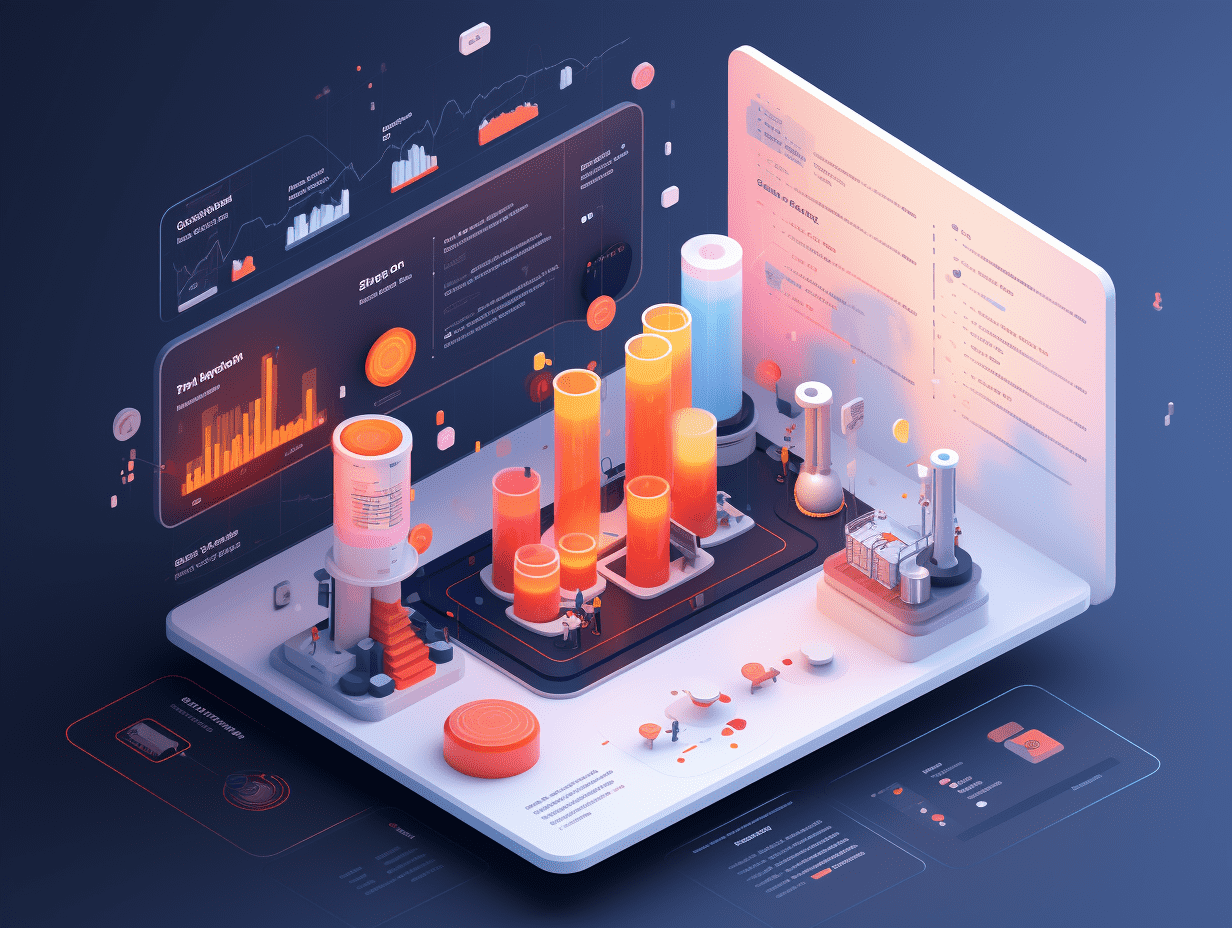China Securities Co., Ltd.: The turning point of solid-state battery industrialization has come, seize the investment opportunities in the equipment industry.
From the perspective of equipment investment, the core difference between the production processes of all solid-state batteries and traditional liquid lithium batteries lies in the key drive of value reconstruction of the equipment. This is mainly reflected in the front and middle stages of the entire process.
China Securities Co., Ltd. released a research report stating that solid-state batteries, as the next generation of high-performance battery technology, are attracting high market attention due to significant advantages such as high energy density and high safety. Currently, the solid-state battery industry is entering a key period of industrialization driven by factors such as policy support, technological progress, and downstream demand, showing rapid market size growth, gradual focus on technological routes, and expansion of application scenarios. Solid-state battery equipment, as the most important upstream link in the industry chain, will undoubtedly be the first to benefit from the rapid development of the solid-state battery industry.
Key points from China Securities Co., Ltd. include:
Solid-state battery industry: huge market space, entering a key period of industrialization
With the release of policy dividends, upgrading market demand, and continuous technological iterations, the industrialization pace of the solid-state battery industry is gradually becoming clear, the market size is rapidly expanding, technological routes are gradually focusing, and application scenarios are gradually expanding. At the industrialization level, from 2025 to 2026, domestic pilot lines will be established, full solid-state vehicle validation will begin, by 2027, full solid-state batteries will achieve small-scale vehicle installation, and by 2028-2029, they are expected to see initial volume in areas such as low-altitude economy and Siasun Robot&Automation, and by 2030, they will enter the stage of large-scale application in the mid-to-high-end power sector. In terms of market size, with the completion of the Ministry of Industry and Information Technology's solid-state battery project in 2027, domestic shipments of solid-state batteries will enter a rapid growth phase, from around 7GWh of solid-state and semi-solid batteries in 2024 to over 65GWh by 2030. In terms of technological routes, the oxide route is dominant in the semi-solid stage, the sulfide route is chosen by more manufacturers in the full solid-state stage, and polymer and halide routes serve as effective supplements. In terms of application scenarios, solid-state batteries are transitioning from being "mainly used in vehicles" to "penetrating all scenarios." Apart from new energy vehicles and energy storage, emerging sectors such as low-altitude economy and Siasun Robot&Automation show a high price acceptance for solid-state batteries in the early stages of development, and are expected to be the first to be deployed in such scenarios.
Solid-state battery production process: compared to liquid batteries, there are significant differences in the preparation process, with noticeable increase in equipment value
In terms of preparation process and production line equipment, solid-state batteries differ significantly from liquid lithium-ion batteries. The introduction of new equipment and processes in the front and middle stages further enhances the technical requirements and manufacturing difficulties of the entire equipment, leading to a significant increase in the value of solid-state battery equipment compared to traditional liquid batteries.
(1) The front-stage equipment involves processes such as dry mixing and dry coating, which are crucial for forming electrode sheets and solid electrolyte membranes that meet requirements and determine the basic performance of the battery. The core equipment needs to adapt to the special requirements of dry processes, with high process difficulty and precision requirements. The technical barriers and costs of equipment are relatively high, and the complexity is significantly increased. Dry coating equipment and rolling equipment stand out in terms of value, with the front-stage equipment value accounting for an expected 35%-40%.
(2) The middle stage is responsible for the core structure forming of the battery cell and ensuring good contact between the solid-state electrolyte and electrodes, directly affecting the stability of battery performance and product quality. The core improvements come from the stacking process replacing winding and electrode frame printing, as well as isostatic pressing techniques ensuring tight contact between solid-state electrolytes and electrode interfaces. The equipment used mainly includes high-precision stacking machines, electrode frame printers, and isostatic presses, with significant value in stacking equipment; the isostatic press as a new process, with foreign companies leading in progress while domestic research is accelerating, is expected to account for 40%-45% of the middle-stage equipment value.
(3) The end-stage process eliminates the liquid injection step, with minimal differences compared to traditional liquid battery processes, focusing on the upgrade of equipment parameters and pressure requirements. The pressure requirements will double with the transition to high pressure machines and high pressure capacitors, and the packaging stage will require laser welding machines and automated packaging lines. Therefore, there will be a significant increase in the value of core equipment in the end stage, with the end-stage equipment value expected to reach 20%-25%.
Solid-state battery equipment: the first to benefit in the industrialization process, various companies have multiple layouts
In the industrialization process of solid-state batteries, the equipment segment is the first to benefit. Solid-state battery production lines need to address many challenges brought about by the introduction of new materials, process reengineering, and changes in operational environments, requiring manufacturers to upgrade existing equipment, purchase customized equipment adapted for new materials and processes. For example, in the fiberization, frame printing, and isostatic pressing processes, new customized equipment needs to be introduced, while modification and upgrading of equipment are required for processes such as dry mixing, rolling, stacking, and forming capacitors. As solid-state battery production lines are established and put into operation on a large scale, the equipment for solid-state batteries will be the first to benefit in the industrialization process. Domestic solid-state battery equipment companies have multiple layouts, with fierce competition particularly in the front-stage equipment, especially in the dry process stages. Companies may have advantages in specific areas or key equipment, but most of them are in the front-stage processes, leading to intense competition in this segment.
Investment recommendation: as the industrialization pace of solid-state batteries accelerates, with pilot lines gradually running in battery factories and vehicle manufacturers, continuous cost reduction and advancement in all sectors of the industry chain are expected to drive explosive growth in downstream market demand. From an equipment investment perspective, the key difference between full solid-state battery production processes and traditional liquid lithium battery production processes lies in driving the restructuring of equipment value, principally in the front and middle stages of the process. Solid-state batteries are more compatible with dry processes in both electrode and electrolyte preparation, resulting in a significant increase in the value share of front-stage processes involving dry mixing and dry coating; the middle stage of solid-state batteries adopts the "stacking + electrode frame printing + isostatic pressing" route to replace traditional winding processes and eliminate injection processes, resulting in a slight increase in the value share. The end stage sees higher pressure in the formation step, requiring upgrades in equipment and process environment standards, leading to a significant increase in the value of core equipment.
Related Articles

Is the A share adjustment coming to an end? What are the main investment themes? Top ten securities firms' strategies are here.

WH Group (00288): Chairman of the Board, Wan Long, purchased 1.8 million shares of Smithfield stock in the second issuance.

C TRANSMISSION(00658): Guowei has been appointed as the new lead auditor.
Is the A share adjustment coming to an end? What are the main investment themes? Top ten securities firms' strategies are here.

WH Group (00288): Chairman of the Board, Wan Long, purchased 1.8 million shares of Smithfield stock in the second issuance.

C TRANSMISSION(00658): Guowei has been appointed as the new lead auditor.

RECOMMEND

“Land King Harvester” Greentown Sees Profits Plunge 90% to RMB 210 Million as “Survival Becomes Paramount”
04/09/2025

Fed’s Beige Book Reveals Multiple Economic Concerns: Slowing Hiring, Rising Prices, Cautious Consumers
04/09/2025

U.S. Tariff Receipts Soar Past $31 Billion in August, Setting New Monthly Record
04/09/2025


